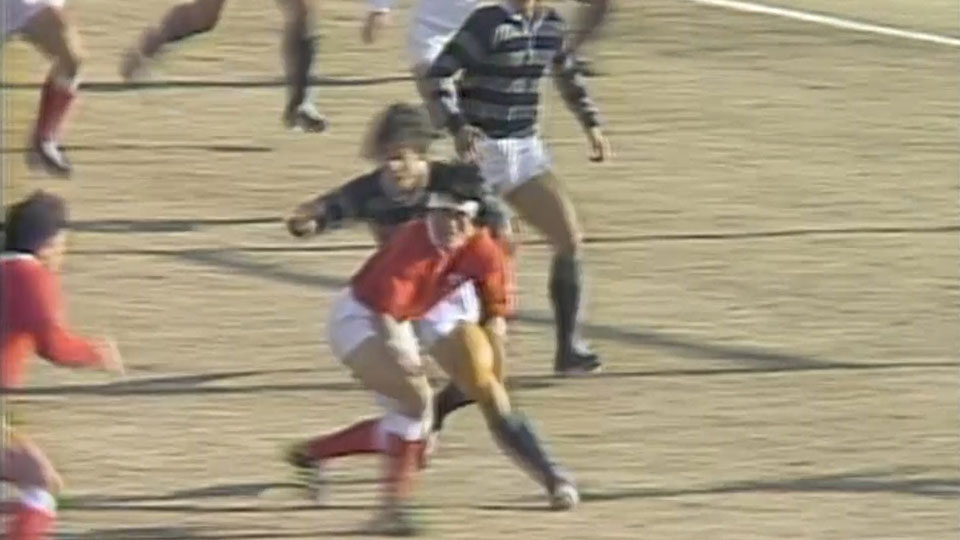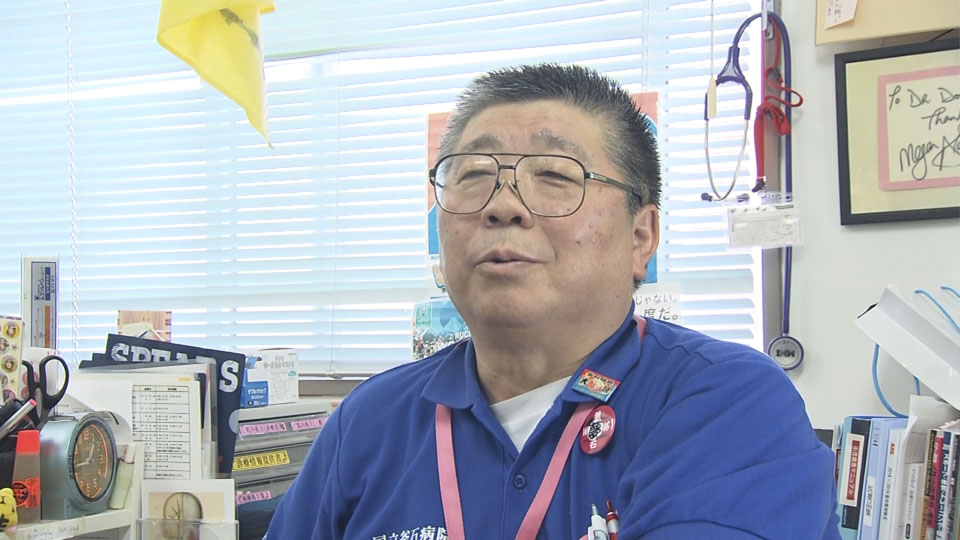Whether rugby fans or not, residents of Kamaishi in Iwate prefecture had circled September 25 on their calendars as the day when Fiji would face Uruguay in the city's first world cup match.
Since the earthquake and tsunami of 2011 devastated Kamaishi, people there have had a clear focus on recovery. Among the plans was building a new sports stadium fit to host a world cup.
Disaster strikes
Kamaishi is home to Japan's oldest iron mill. But the once-thriving city lost its luster in the 1970s as the steel industry struggled through a recession.

Despite the gloomy situation, the Nippon Steel Kamaishi rugby club brought excitement and joy to the city through seven straight national championships.
The team was lauded as "the ironmen of the north," as its relatively unknown players from the countryside saw off their big-city rivals.
Later, the team became the Kamaishi Seawaves, which currently plays in Japan's second tier.

After the 2011 disaster, Seawaves players pitched in with relief operations. They took two months off training, but were able to return to the field in May 2011.
Fans flocked to see the team's first match after the quake. Many spoke of a strong sense of unity and of fighting together in the name of getting Kamaishi back on its feet.
"Part of my normal daily life has come back -- that's the beginning of recovery," said one. "I thought we were beginning to get back our lives when the team ran onto the field."

Community spirit
Mamoru Doi has long supported the Seawaves. The head of a hospital in Kamaishi, he has worked to revitalize the city through rugby and the Seawaves.
Doi believes the team's strength is key to helping the community.
"We hope the World Cup can be a catalyst for the Seawaves to become stronger," says Doi. "We want Kamaishi to have a strong rugby team that can help boost the local economy."
"If not for the Seawaves, the world cup would not have come to Kamaishi," he says. "Rugby is popular here and this has helped revitalize the city. It's a kind of synergy."

Rising from the rubble
The site of the 50-million-dollar Kamaishi Recovery Memorial Stadium was occupied by an elementary school and a junior high school before the disaster. It features state-of-the-art technology that isn't used anywhere else.
Takeshi Nagata is in charge of PR at the local world cup promotions organization.
Nagata recalls a match from 38 years ago, when Nippon Steel Kamaishi played a team from New Zealand in front of a packed stadium.
"The players were heroes for the locals" Nagata says. "If people have rugby in their lives, Kamaishi will regain its old status as a city of rugby."

The city runs a club for junior high school students at the new stadium. Nagata believes that if kids have a chance to play rugby, they will develop a lifelong love for the sport.
Nagata, once a Seawaves player, volunteers as a coach for the new club. He encourages junior players to not worry about mistakes, but to enjoy the game.
"I hope the locals will be proud of their community as a rugby town," says Nagata. "I'm always thinking about what I can do and believe that our efforts can benefit all of Kamaishi."
After the Uruguay-Fiji match, Kamaishi will also welcome Namibia to play Canada on October 13 -- two matches that are sure to create plenty of happy memories and thousands of new rugby fans.

